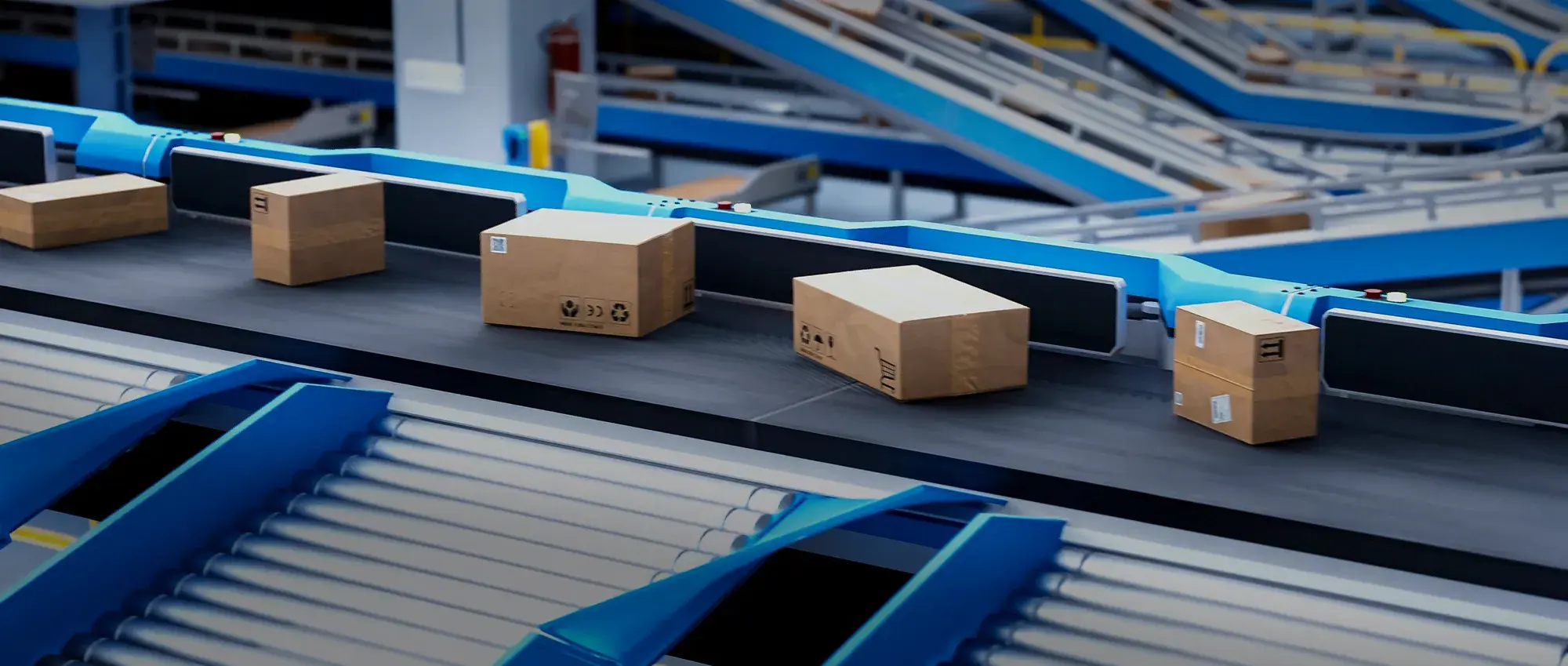This Transportation & Logistics (T&L) Insights series is based on research by Levvel, who joined the Endava family in 2021. he team surveyed over 500 US-based companies that procure transportation and logistics services internally and externally to get their views on their challenges, needs and use of digital technology solutions.
While companies often perceive technology innovation to mean things like high-end robotics, artificial intelligence and fully autonomous vehicles, there are many elements in the supply chain that can be modernized without requiring great effort or cost, while still providing the competitive edge T&L companies are looking for. In this series, we will present current industry challenges and how digital technology can help reduce friction, enhance efficiency and provide a better experience for businesses and their customers.
The role of a control tower in the supply chain
Over the past years, the inefficiencies in supply chains have gone from being a mild frustration to a massive headache. Analysts say the situation isn’t going to improve on its own anytime soon and may continue well into 2023. While it will take time for the global backlog to subside, manufacturers, retailers and other companies can take proactive steps to improve how they manage supply chains to increase efficiency.
So how can companies better navigate uncertain supply chains and remain competitive? Modernization. Companies can invest in some of the most advanced initiatives in both physical and digital automation and still find a supply chain prone to blockages and errors. The missing piece is the control tower, a centralized hub that integrates and connects each link within the supply chain.
Think of a transportation and logistics (T&L) control tower like the control tower of an airport. But rather than managing flight plans and juggling air traffic, a T&L control tower provides end-to-end visibility of movements in the supply chain.
Control towers are relatively common, but few are modern enough to handle today’s demands. According to our research, 63% of companies have implemented a control tower, but only 35% have a mid-level or highly functioning control tower. That puts the other two-thirds of companies at a significant disadvantage when managing supply chain issues.
Benefits of a modern T&L control tower
Supply chain control towers can be simple in nature or complex and highly functioning, incorporating artificial intelligence, machine learning and robotic process automation (RPA) for robust efficiency.
At the simplest level, a control tower provides visibility throughout the supply chain via emails, spreadsheets, or phone calls. In their most complex form, high-performing control towers are capable of providing true end-to-end visibility in real time, allowing for direct interaction and automated transactions.
In logistics, timing is crucial. Windows for procuring inventory and moving freight can come and go quickly. With a high-functioning supply chain control tower, many manual tasks can be executed autonomously to recognize these momentary opportunities and act on them immediately.
The right control tower integration can improve every aspect of supply chain management, including:
- Inventory management
- Visibility in inventory in transit
- Errors in order fulfillment
- Reverse logistics infrastructure
- Routing strategy
- Visibility in orders and stock
- Data logging
- Manual tasks
- Siloed supply chains
Supply chain transparency and staying competitive
Companies that wish to remain competitive in an increasingly demanding market need to focus on integration and visibility across their entire supply chain. With the continued backlogs and bottlenecks in the system, organizations must ensure they are managing their supply chains with total transparency.
The key is the adoption of a robust T&L control tower to manage supply chains for greater transparency and optimal efficiency.
Read our other Transportation & Logistics Insights articles to learn more about how technology can help alleviate industry challenges.
